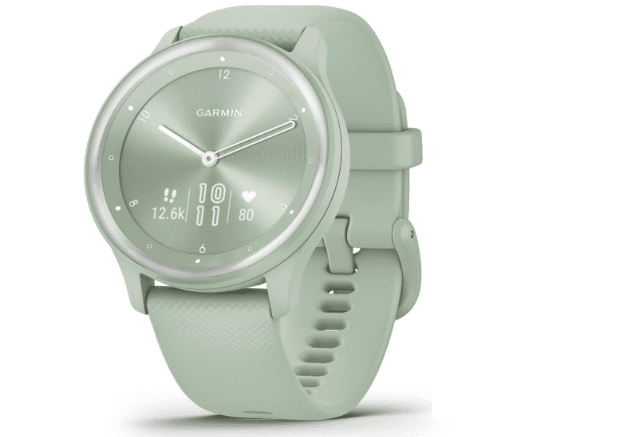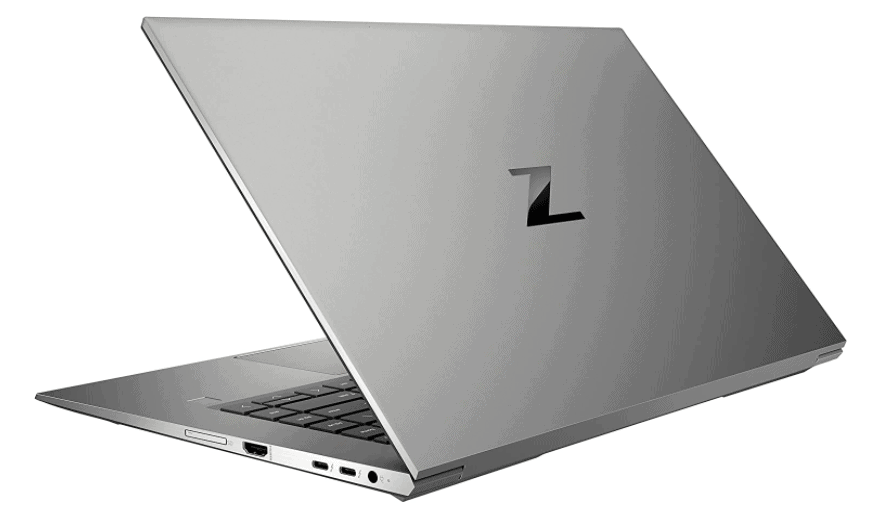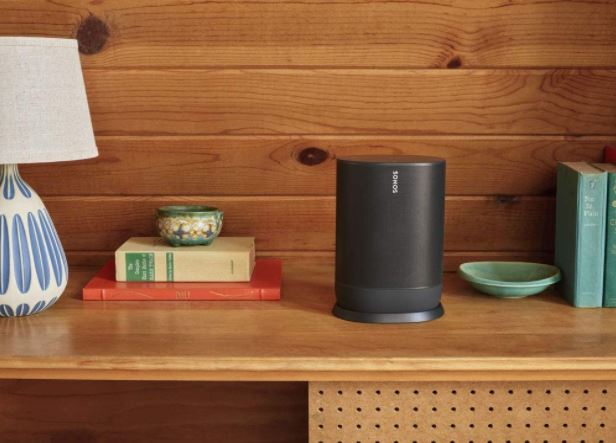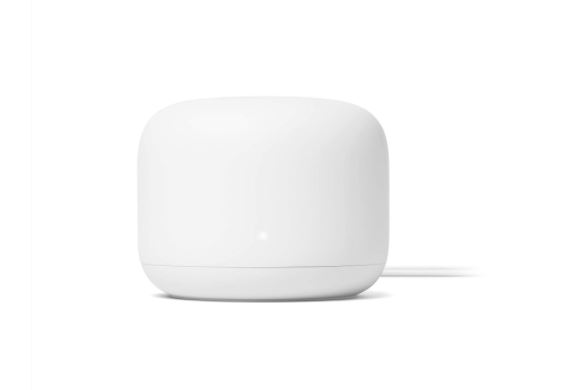The almighty Asus now has OLED display laptops, the cheapest laptop anyone could buy under $1000. They are Asus ZenBook 13 OLED and the ZenBook Pro Duo 15 OLED. The first Windows detachable tablet with an OLED display in the Vivobook 13 Slate OLED.
Surprisingly, the company includes OLED in a laptop’s name, which is considered to be the main essential feature of the devices and that’s the case with the ZenBook 14X OLED, a laptop that will arrive early in 2022.

The ZenBook 14X OLED is coming with a Core i7-1165G7, 14-inch 16:10 OLED display, and has Nvidia MX450 graphics. We can consider it as the premium 14-inch laptop and its OLED display is undoubtedly a nice one.
Asus ZenBook Design
Firstly, the ZenBook 14X OLED is an aesthetic that is not as minimalist as some other laptops. There is an Asus concentric circle swirl on the lid that revolves around the silver Asus icon, which is typical of the ZenBook line. Secondly, the ZenBook 14X OLED’s angles are more aggressive, when you look at the lower edge of the lid and the side and rear edges of the chassis. Various other edges are chamfered for some additional flair. This laptop is available in two colors, Lilac Mist (lavender) and Pine Gray (charcoal).
The Asus ZenBook 14X OLED is a sleek laptop that is more attractive than the Samsung Galaxy Book and the Lenovo IdeaPad Slim 7i Pro, both of which sport that minimalist aesthetic. The ZenBook 14X OLED is a more exotic design compared to the HP Spectre x360 14 and than the simpler sophistication of the Dell XPS 13.
In addition, Asus is known for making solid laptops, and the ZenBook 14X OLED is not exceptional. It’s made of machined aluminum, and it exhibits zero bending or flexing in the lid, keyboard deck, or chassis bottom. It is built so solidly that the military certification testing that Asus applies seems superfluous.
You may also like Lenovo ThinkBook Plus Gen 3: Laptop with 2 Different Display
The ZenBook 14X OLED is far more rigid than the IdeaPad Slim 7i Pro, which demonstrated some bending in the lid and flexing in the keyboard deck. The ZenBook 14X OLED’s hinge allows for opening the lid with one hand, and yet it holds the display in place with the tiniest bit of wobble while working. It also props up the bottom chassis at an angle, allowing for more comfortable typing and increased airflow.
Asus ZenBook 14X OLED
The ZenBook 14X OLED leverages small bezels around its 16:10 14-inch display to make a nicely sized laptop. It is almost exactly the same width and height as the Lenovo IdeaPad Slim 7i Pro and the same 0.67 inches thick.
Given Lenovo’s equally small bezels, this seems to be about the size you are going to get when building a laptop around a 16:10 14-inch display. You can get thinner laptops, such as the Lenovo ThinkPad X1 Carbon Gen 9 that’s 0.59 inches thick, but the ZenBook 14X OLED is thin and light enough to make it a 14-inch laptop that’s easy to carry around.
When it comes to connectivity, you get a single USB-A 3.2 Gen 2 port on the left-hand side, next to a row of vents, and then a full-size HDMI 2.0 port, two USB-C with Thunderbolt 4 ports, a 3.5mm audio jack, and a microSD card reader along the right-hand side. Wi-Fi 6 and Bluetooth 5.0 perform wireless duties.
You may also like ASUS Windows 11: Vivobook Business and Family Laptop
Asus ZenBook Performance
The ZenBook, 11th-gen quad-core Intel Core i7-1165G7 has a productivity workhorse CPU that is popular on thin and light laptops. Mated with 16GB of RAM, a fast PCIe 1TB solid-state drive (SSD), and Nvidia’s GeForce MX450. As with all such laptops today, the ZenBook 14X OLED is a speedy performer.
The ZenBook 14X OLED is the third-fastest in Geekbench 5 with an excellent score for the processor, behind only the slightly faster-clocked Core i7-11370H in the Lenovo IdeaPad Slim 7i Pro and the AMD Ryzen 7 5700U in the Dell Inspiron 14 2-in-1. The ZenBook also did well in the Handbrake test that encodes a 420MB video as H.265, beating the IdeaPad Slim 7i Pro and losing out to the speedy Ryzen CPU in the Inspiron 14 2-in-1.
When the ZenBook 14X OLED is put in its “performance” mode, you can squeeze out a little more speed in 150 seconds when testing. The same was true with Cinebench R23, where the ZenBook 14X OLED took second place to the Dell while gaining a bit of a boost from performance mode at a score of 6,252.
The ZenBook 14X OLED is a fast laptop for demanding productivity workflows but does not quite rise to a maker’s workstation level. It is not that you can’t edit video or large images on the ZenBook, it’s just that one will be waiting a while for demanding tasks to complete. But for anyone else, the ZenBook 14X OLED will make for a satisfying experience.
Display
The ZenBook 14X OLED has a 14-inch OLED display, and it is available in a few configurations that are all in the productivity-friendly 16:10 aspect ratio. You can choose from a 4K+ (3,840 x 2,400) panel, a WQXGA+ (2,880 x 1,800) touchscreen display, and a non-touch WQXGA+ screen.
The device display will please anyone, from productivity users to creators to media consumers. Netflix and Amazon Prime Video’s high dynamic range (HDR) content looked great on the display as it supports DisplayHDR 500 support. OLED displays continue to impress, and while other technologies are catching up, such as the mini-LED displays on Apple’s MacBooks, you can’t go wrong choosing the technology.
The audio is provided by two downward-firing speakers on the bottom of the chassis toward the front. It provides clear mids and highs and a surprising amount of bass. The only problem: The speakers don’t get very loud, even when turned all the way up. There is zero distortion, which is good, but you will want a pair of headphones to really enjoy movies and music.
Battery Life
The ZenBook 14X OLED packs in 63 watt-hours of battery life, a fair amount for a 14-inch laptop. The OLED display is high-resolution and power-hungry, though, and the CPU isn’t a low-power version, so I was expecting average battery life at best. ZenBook 14X OLED lasted 7.5 hours, less than average and well under the 10 hours we like to see from thin and light laptops. The Lenovo IdeaPad Slim 7i Pro lasted 10 minutes longer with its higher-power CPU and high-resolution display, while the Dell Inspiron 14 2-in-1 was much stronger in this test, lasting almost 13 hours.
The ZenBook 14X OLED probably will not make it through an entire 8hour workday without needing a bit of a charge. You’ll want to keep the 100-watt USB-C charger handy.
You may also like Acer Chromebook Spin 311 Convertible Laptop
Keyboard and Touchpad
Asus has a layout and keycaps that are eerily similar to those on HP’s Spectre line. There is the same key spacing and row of movement keys along the right-hand side of the keyboard.
Its touchpad is a wide format that does not use the available space on the palm rest. Some laptops, like the Dell XPS 13 and the HP Spectre x360 14, make great use of the extra space afforded by today’s taller displays, but that’s not the case with the ZenBook 14X OLED. It’s not a tiny touchpad, but it could be larger. Fortunately, it has a comfortable surface that makes for accurate swiping, and it’s a Microsoft Precision touchpad, so multitouch gestures work well. The buttons are clicky and responsive without being loud.
The ZenBook 14X OLED comes with a touch display, but unfortunately. Windows 10 Hello password-less login support is provided by a fingerprint reader embedded in a power button on the keyboard.
CamRojud may earn a certain commission on products purchased via our links, supporting our effort on this content.
Would you like to read more about Asus ZenBook-related articles? If so, we invite you to take a look at our other tech topics before you leave!










